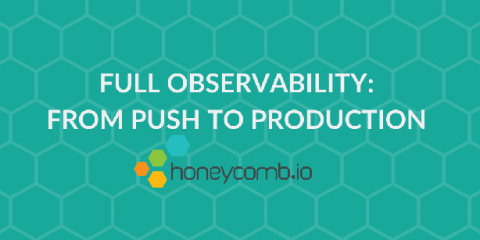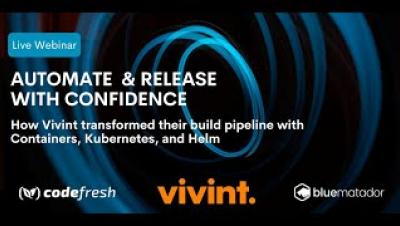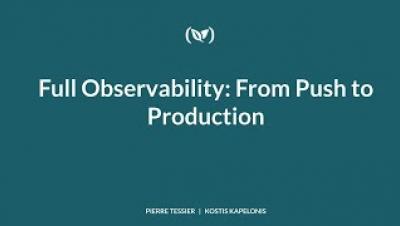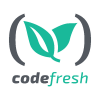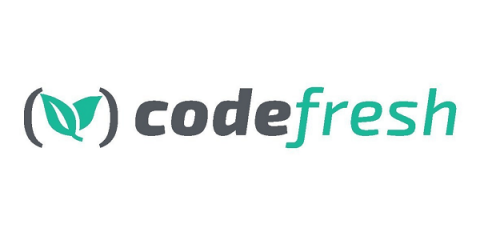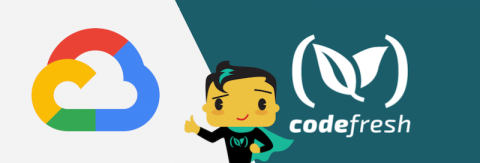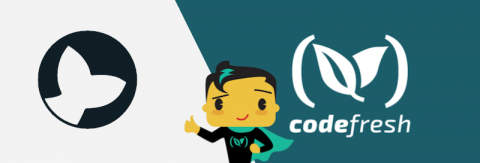Observability: From Push to Production
Developers are building and deploying to production with greater frequency. Elite organizations are deploying to production multiple times per day. All the while we continue to distribute our applications even wider with the adoption of micro-services, and global deployments. This consistent churn and increasing code complexity create the perfect storm that makes finding problems even harder. How do you know the changes just committed actually deployed? How do you know the changes worked?


